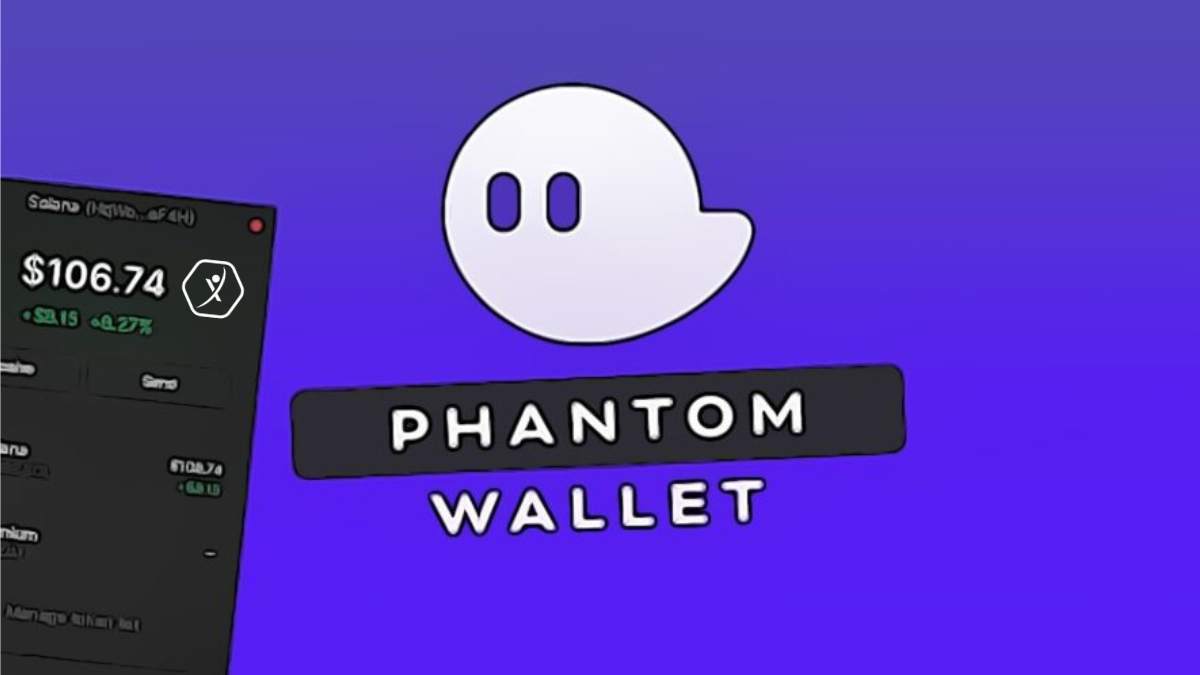So I was messing around with Solana DeFi the other day, and wow—things have gotten wild fast. Seriously, the speed and low fees are tempting for anyone who’s been burned by Ethereum’s gas wars. But here’s the thing: if you’re diving into this ecosystem through your browser, you gotta be careful about which wallet extension you trust and what permissions you hand over. It’s not just about convenience; it’s about your crypto’s safety.
At first glance, browser wallets like Phantom look super sleek and user-friendly. You install the extension, link your wallet, and boom—you’re in the game. But I noticed something kinda off about the permission requests. They sometimes ask for access that feels… well, a bit too broad for comfort. Something felt off about granting full webpage access, especially since these extensions interact with your funds.
Hmm… I guess it’s the trade-off between usability and security. I mean, you want seamless DeFi integration, but you also don’t want your keys or data leaking just because a site got shady. You ever get that gut feeling when an app asks for all your contacts but you only wanted to share a photo? Same vibe here, but the stakes are way higher.
Okay, so here’s the deal with Solana’s DeFi scene: it’s growing rapidly, and browser wallets are the gateway. Phantom, for example, has become almost the default for many US users because it balances ease and features. But I’m biased, yeah—I’ve been using it since before it got all the hype. And let me tell you, the team behind phantom really nails the UX, but permissions still deserve a closer look.
Really? You might be wondering, “Why should I care about extension permissions if the wallet is trusted?” Well, on one hand, you want that frictionless experience. Though actually, if you blindly approve everything, you risk malicious sites initiating transactions or snooping on your wallet activity without clear consent. That’s where things get tricky.
Browser Extensions: The Double-Edged Sword of DeFi
Browser extensions are this weird hybrid between apps and websites—they live in your browser but operate with special privileges. That’s why they ask for permissions like reading and modifying data on websites you visit. For DeFi, this means they can interact directly with smart contracts and sign transactions faster than you could manually. Pretty cool, right?
But here’s the rub: those permissions can be abused if the extension or the site it interacts with isn’t airtight. Initially I thought, “Well, Phantom is open source and vetted,” but then I realized that many users don’t even check what permissions they’re granting. It’s very very important to know that some permissions allow extensions to see all your browsing activity on certain sites, which might include sensitive DeFi operations.
Check this out—sometimes, when you visit a new DeFi app, your wallet extension might prompt for access. That’s normal, but it’s the scope of that access that matters. For instance, “Read and change all your data on visited websites” sounds scary but is often necessary for the wallet to inject scripts that make DeFi apps usable. Still, do you really want to allow this on any random page?
Here’s what bugs me about the current state: the permission model isn’t granular enough. You either say yes to broad access or you can’t use the app smoothly. There’s no middle ground. That’s a design challenge the Solana ecosystem needs to tackle as DeFi adoption grows, especially for browser users who might be less tech-savvy.
By the way, not all extensions handle this equally. Some try to sandbox operations or require explicit transaction confirmations. Phantom does a decent job here; it prompts for each signature and keeps you in control. Still, the initial permissions to inject scripts are a bit of a blind spot for most users.

Okay, so back to phantom. I’ve noticed that it requests permissions that allow it to interact with Solana DeFi apps seamlessly. This makes trading, staking, and swapping tokens feel like a breeze compared to juggling multiple apps or command-line tools. But if you’re not careful, you might be handing over more access than you realize. And I’m not just talking about your crypto; it’s your browsing data, too, potentially.
On one hand, you want the convenience. On the other, the security risks are real. I’m not 100% sure how many users actually vet these permissions. Honestly, it’s kinda scary. I remember when I first installed Phantom, I just clicked “Allow” without a second thought, trusting the hype.
Something else to note: Phantom’s team has been pretty transparent about their roadmap, and they’ve implemented features like hardware wallet support to enhance security. That’s a step in the right direction, especially for US users who want to comply with regulations while keeping their assets safe.
Is Phantom the Best Choice for Solana DeFi in Your Browser?
Well, it depends. If you want a smooth, polished experience with lots of integrations, Phantom is tough to beat. Plus, the extension’s design feels native to US users—clean, straightforward, no fluff. But—and this is a big but—don’t ignore those permission dialogs. Take a moment to read what you’re allowing.
Personally, I keep my browser environment pretty locked down. I use Phantom mainly on a dedicated browser profile so that if anything weird happens, it’s isolated. Maybe that’s overkill for some, but hey, better safe than sorry.
Also, I’ve noticed that other Solana wallet extensions don’t have the same polish or community support. So while Phantom’s permissions model isn’t perfect, it’s arguably the least risky in the current landscape. If you’re new to Solana DeFi, starting here makes sense.
But let me be clear: no extension is bulletproof. Always double-check URLs, avoid shady DeFi sites, and consider hardware wallets for larger holdings. Phantom supports Ledger integration, by the way, which helps mitigate some browser-related risks.
One last thing—if you want to explore Phantom yourself, here’s the official link to get the extension: phantom. I promise it’s worth the look, but keep your wits about you.
Anyway, this whole experience made me realize that while DeFi is super exciting, the user side still feels a bit like the Wild West. Permissions, security, UX—they’re all evolving. So yeah, dive in, but with your eyes open.
Common Questions About Phantom and Solana DeFi Browser Integration
Is Phantom safe to use for Solana DeFi?
Phantom is considered one of the safest and most user-friendly Solana wallets available. However, like any browser extension, it requires permissions that can pose risks if misused. Always verify you’re downloading from the official source and be cautious with the sites you interact with.
What permissions does Phantom request and why?
Phantom requests permission to read and change data on websites you visit to interact seamlessly with Solana DeFi apps. This allows it to inject scripts for transaction signing and token swaps. While necessary, it means you should trust both the extension and the websites you visit.
Can I use Phantom with hardware wallets?
Yes, Phantom supports Ledger hardware wallets, adding an extra layer of security by keeping your private keys offline while still allowing browser-based DeFi interactions.


